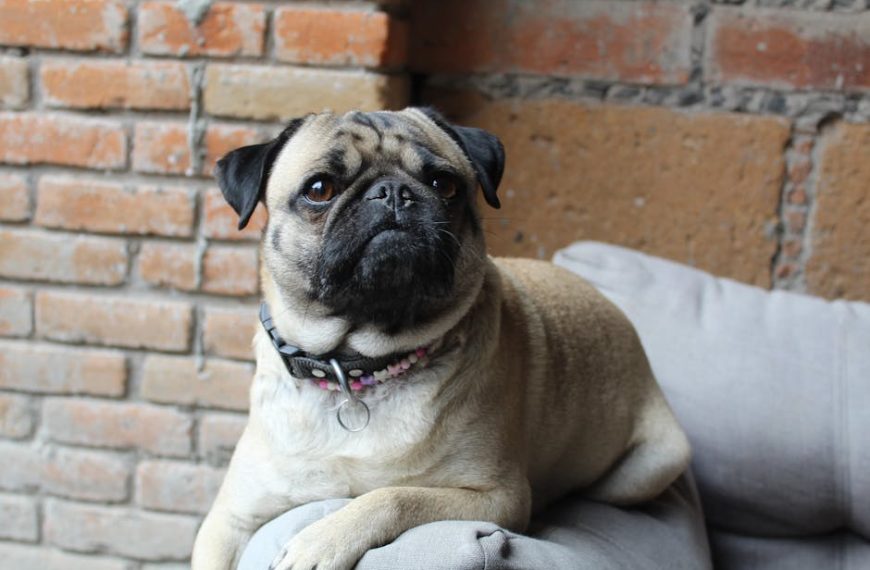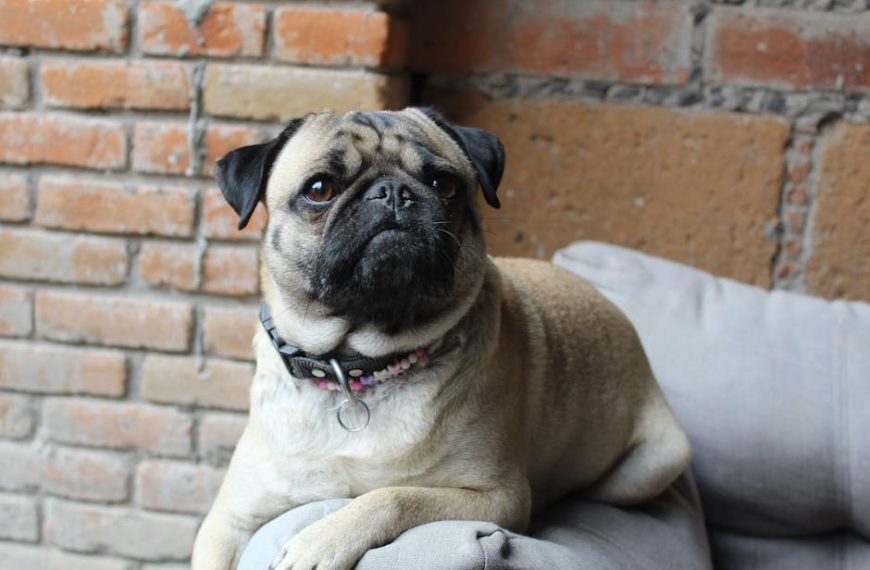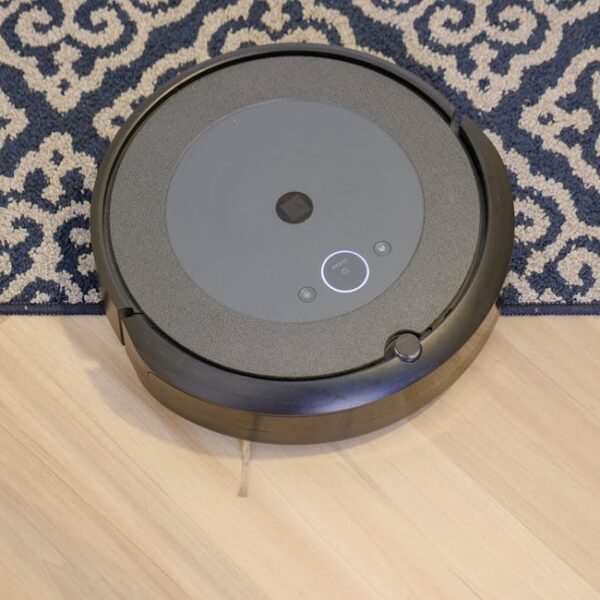The cost of running a tumble dryer is a common concern for many homeowners, particularly those keen on keeping their energy bills in check. Averagely, tumble dryers contribute to 4% of the total household electricity usage, but the actual cost to run a tumble dryer can vary. Several factors come into play, including the type of dryer, its energy efficiency, and frequency of use. This article aims to provide an insightful breakdown of these aspects, providing tips and guidelines on optimizing your tumble dryer use.
Understanding Tumble Dryer’s Energy Consumption
Tumble dryers are acknowledged to be among the more energy-intensive household appliances. Their energy use varies significantly depending on factors such as the model, energy efficiency ratings, and usage habits. For instance:
– Vented dryers, which operate by expelling the hot, damp air they produce via an external vent, typically consume around 2.7 kWh per load.
– Condenser tumble dryers, known for transforming the steam inside the drum into water, use about 2.3 kWh per load.
– Heat pump dryers, the most energy-efficient variant, can use as little as 1.76 kWh per load.
To maximize energy efficiency, consider running full loads, using energy-efficient settings, and cleaning the lint trap regularly. These practices can keep your dryer operating effectively, maintaining its energy consumed at the lower end of the range.
Cost Calculation for Running a Tumble Dryer
Assuming you now understand your tumble dryer’s energy consumption, the next step is calculating the actual cost. Essentially, this involves multiplying the appliance’s energy consumption (kWh) by the cost of electricity per kWh. This cost can be found on your energy bill or sourced from your energy provider.
Let’s streamline the process into a simple checklist:
1. Identify your tumble dryer’s energy consumption rating (kWh).
2. Find the cost of electricity (per kWh) on your energy bill or the energy provider’s website.
3. Multiply the dryer’s energy consumption by the cost of electricity.
For example, if your dryer uses 2.5 kWh of energy per load and the cost of electricity is $0.15 per kWh, the cost to run your dryer per load is $0.375 (2.5 kWh * $0.15). This understanding will allow you to calculate your exact costs and help you to manage your energy use more effectively.
Comparing the Running Costs of Different Tumble Dryers
It’s essential to remember that different tumble dryers have disparate energy needs. As noted earlier, vented dryers are the most energy-consuming, followed by condenser dryers, then heat pump dryers. The latter, though initially more expensive, may offer substantial energy savings in the long run.
Here are some key points for comparison:
– Energy Efficiency – Consider the energy efficiency rating (A+++ to D) of the dryer. The higher the rating, the lower the energy use.
– Load Capacity – Larger capacity dryers can dry more clothes at once, potentially lowering energy use per item of clothing.
– Automatic Sensors – Some dryers switch off automatically when clothes are dry, helping save energy.
Lastly, it’s vital to balance initial purchase cost against running costs. An energy-efficient model may be pricier upfront but could save you more in energy bills over time.
Impact of Usage Habits on Tumble Dryer Costs
The cost and energy consumption of your tumble dryer also heavily depends on your usage habits. Using a tumble dryer frequently or for small loads can lead to significantly higher energy costs. Several usage habits and their impacts include:
– Frequency of Use – More frequent usage leads to higher energy consumption and costs.
– Load Size – Larger loads, up to the capacity of the dryer, are generally more energy-efficient per item.
– Drying Settings – Higher temperature settings and longer cycles consume more energy.
– Maintenance – Regularly cleaning the lint filter and ensuring the dryer is well-maintained can improve energy efficiency.
To minimize the cost of running your tumble dryer, consider whether you can reduce usage frequency, wait until you have a full load, use lower temperature settings, or improve your dryer maintenance habits.
Save Money While Using a Tumble Dryer
While tumble dryers generally use a noticeable amount of energy, there are several strategies to minimize their impact on your energy bill. By being mindful about how and when you use your tumble dryer, you can save both energy and money:
– Use the dryer’s energy-saving mode if it has one. This mode usually runs for longer but uses less energy.
– Perform regular maintenance, such as cleaning the lint filter after each use and occasionally checking the dryer vent and drum for build-up.
– Whenever possible, air dry your items. This can dramatically reduce the number of loads you need to run in your tumble dryer.
Furthermore, consider the time of day you use your tumble dryer. Some utility companies offer reduced rates during off-peak hours, so running your dryer reports at these times can be more cost-effective.
Keep in mind that an energy-efficient model with optimal usage habits can provide significant savings over time. Invest in the best tumble dryer for your needs and habits to enjoy an efficient, cost-effective drying solution.
Key Takeaway:
- Tumble dryers are energy-intensive, and the energy consumption varies based on their type; with vented dryers being the most energy-consuming, followed by condenser dryers, and heat pump dryers.
- The cost to run a tumble dryer can be calculated by multiplying the dryer’s energy consumption (kWh) by the cost of electricity per kWh.
- The running costs of tumble dryers can vary significantly, with energy-efficient models being more cost-effective in the long run despite their higher upfront cost.
- Usage habits strongly influence the cost and energy consumption of tumble dryers; frequent use, small loads, high temperature settings, and neglecting regular maintenance all lead to higher energy costs.
- Strategies to minimize tumble dryer costs include using energy-saving modes, performing regular maintenance, and air drying when possible.
In conclusion, while tumble dryers can contribute significantly to energy bills, understanding their energy consumption and running costs can help homeowners manage their use more effectively. Through energy-efficient models, mindful usage habits, and regular maintenance, you can enjoy the convenience of a tumble dryer without breaking the bank.
Does the Type of Detergent Affect the Cost of Running a Tumble Dryer?
The type of detergent can influence the efficiency of your washing machine, ultimately affecting the cost of running a tumble dryer. By understanding detergent drawer basics, you can select the right product that minimizes residue, improves rinse cycles, and enhances the drying process, leading to potential savings on energy bills.
FAQs
Q: What type of tumble dryer consumes the least energy?
A: Heat pump dryers consume the least energy among the different types of tumble dryers.
Q: How can I find the energy consumption rating of my tumble dryer?
A: The energy consumption rating is usually mentioned in the product specifications or the user manual of your tumble dryer.
Q: Can the energy efficiency rating of a tumble dryer change over time?
A: No, the energy efficiency rating does not change. However, the energy-efficiency can decrease over time due to maintenance issues or improper usage.
Q: Does the frequency of using a tumble dryer impact the running costs?
A: Yes, more frequent usage leads to higher energy consumption and costs.
Q: Is it more cost-effective to air dry clothes or tumble dry clothes?
A: Air drying is more cost-effective as it consumes no energy. However, tumble drying may be more convenient, especially in cooler or humid climates.
Feel free to share this article with those who might find it useful and do not hesitate to explore more posts on our website. Be energy informed to manage your costs optimally.












